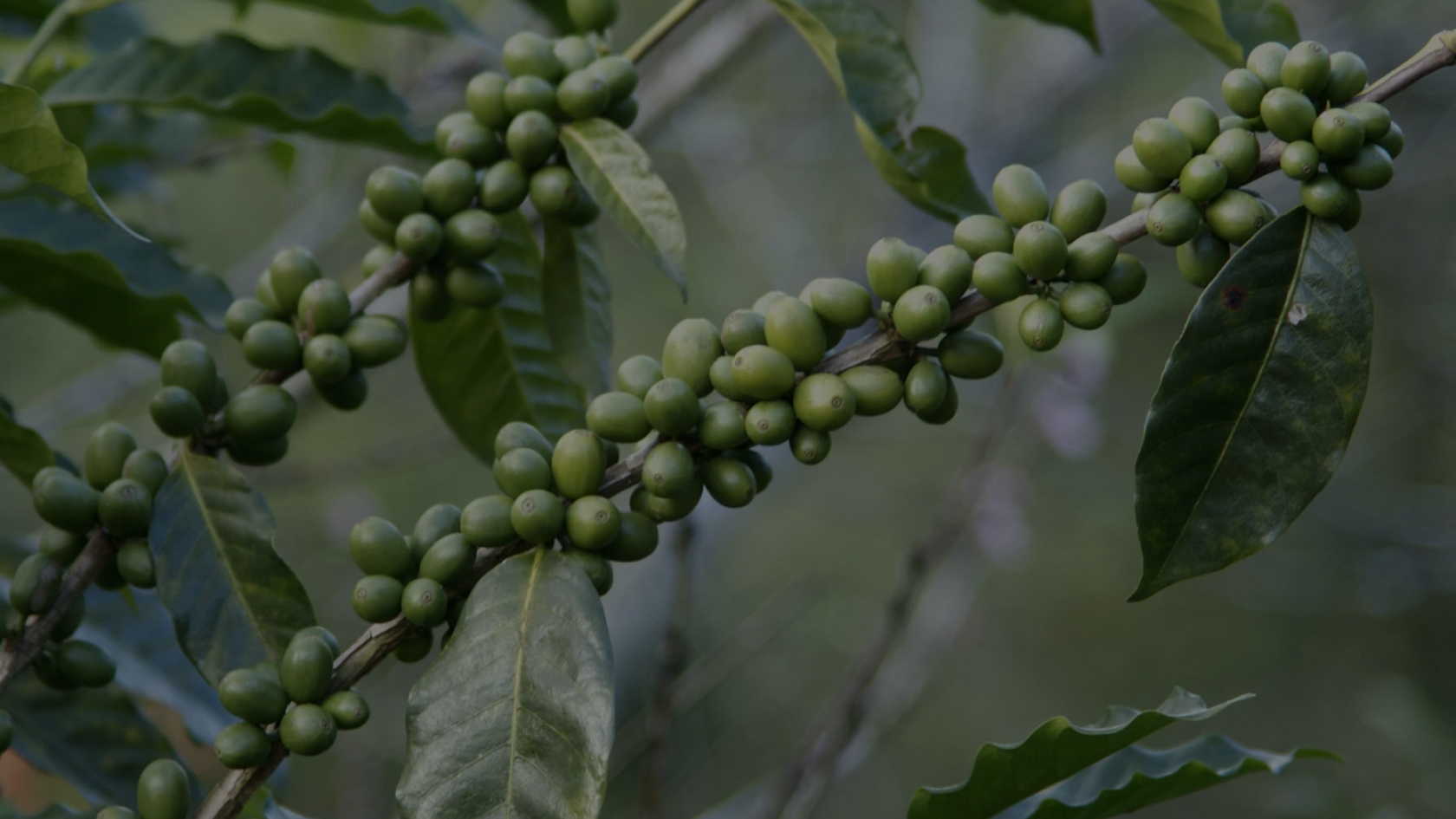Let us start with some facts. The coffee crop is very important to the global economy. More than 10 million tons are produced yearly worldwide and are responsible for running the economy wheel in many sectors, such as agricultural companies, cooperatives, exportation and/or trader companies, coffee roasters and of course, farmers.
Besides the yearly 4.5 kilograms per person consumption of the ground roast coffee used to make the drink we all know and love, this grain is also used for many other purposes. Given its chemical properties, it is used by the pharmaceutical industry as medicine for disorders in the central nervous and cardiovascular system, kidneys, liver and gastrointestinal tract. It helps stimulate the brain, reduce lethargy and depression, stimulate memory and focus and prevent alcohol and drug consumption. In addition, it can also be used by the cosmetic industry and energy drink manufacturers.
Once the worldwide importance of this crop is established, the next step is to guarantee a safe and profitable harvest in order to put the product on the market, and there are two main factors that can reduce coffee yields or sometimes even compromise the whole production: plant nutrition and pests.
Regarding plant nutrition, the i-Plant Nutrition can help create a tailored fertilization plan for your coffee crop, considering your yield goal, fertilizer availability, climate and soil conditions. Make sure that fertilization is not what is holding your yields back by checking out our software here!
After ensuring that all the essential nutrients are being provided to the coffee plant during each growing stage, the focus should go towards the pests that damage coffee plants. In this article, we will introduce the key ones. - Coffee berry borer (Hypothenemus hampei) The female beetle of the Coffee berry borer punctures the fruit and forms a gallery all the way into the seed, where it will lay its eggs. Once the eclosion happens, the larvae start feeding of the seed and when they become adults, abandon that fruit to infest new ones. This attack decreases grain weight, lead to the premature fall of the fruits and reduce the coffee’s value on the market since it will affect the beverage’s quality, because the injury caused by the borer favours the entrance of microorganisms that might create unwanted fermentation, which will affect the taste.
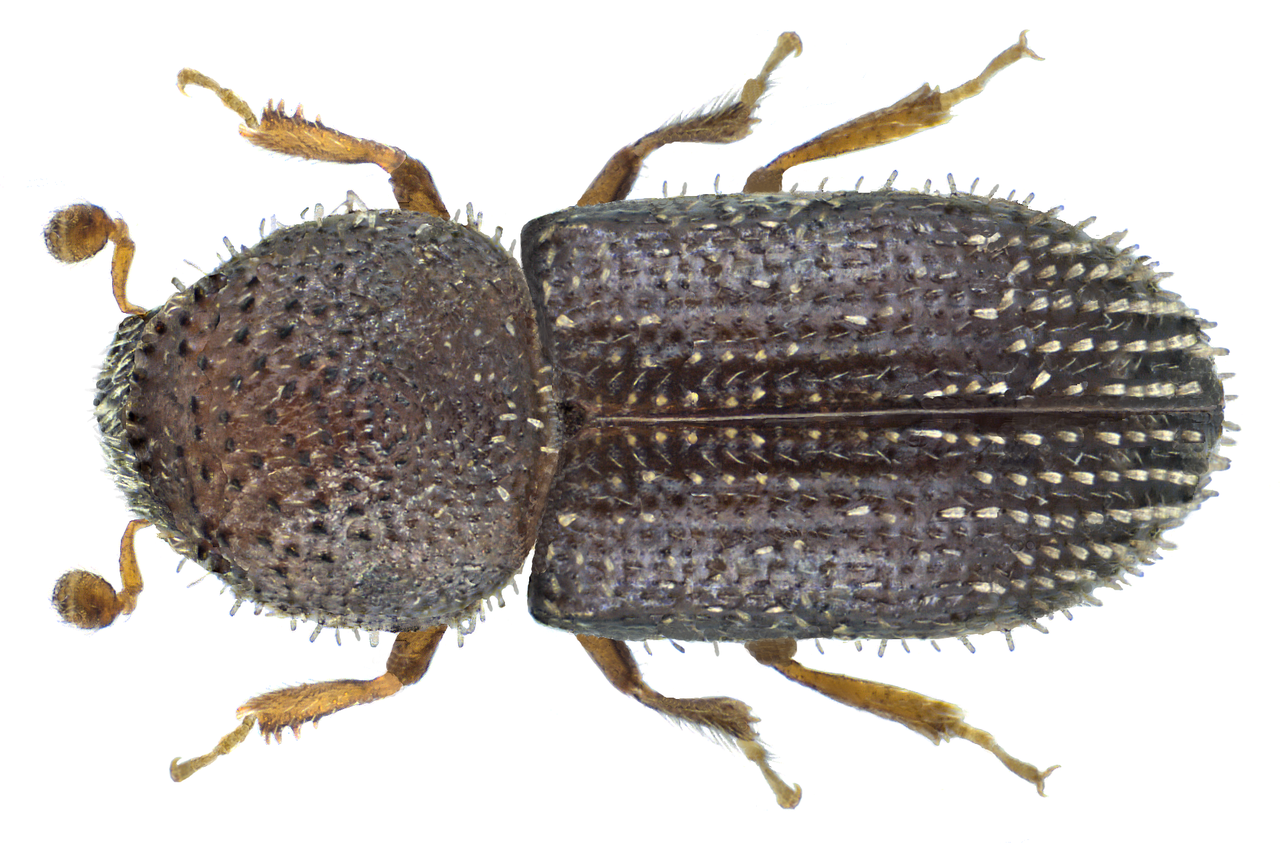
Coffee berry borer (Hypothenemus hampei)
To control this pest, it is important to have as clean a harvest as possible, without leaving remaining fruits on the trees or on the ground that can serve as a host for the next season. For the application of pesticides, it is ideal not to have too much plant densification and also use turbo atomizer sprayers that will shake the branches and reach fruits that are more on the inside of the plants.
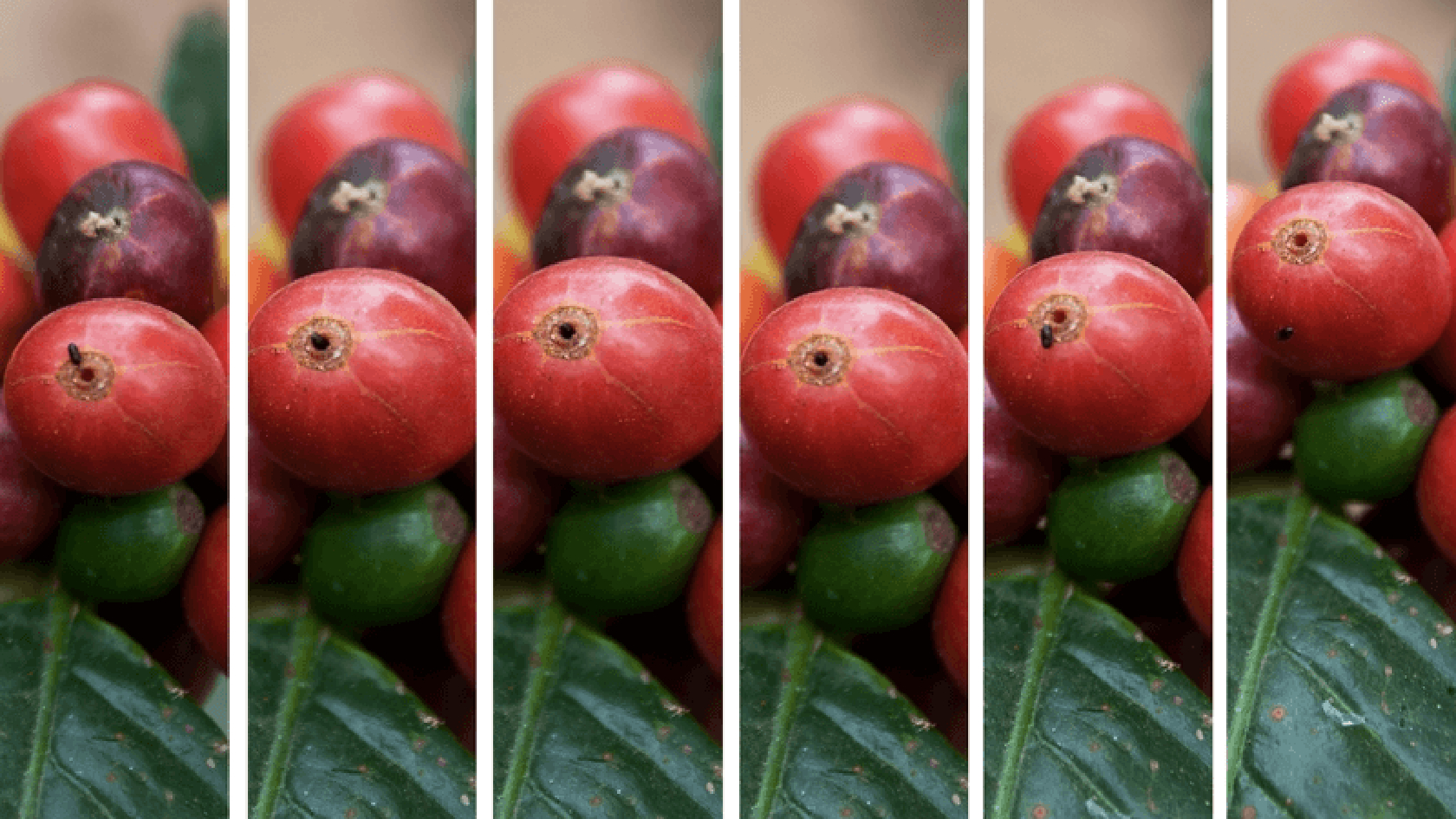
Coffee berry borer (Hypothenemus hampei)
- Coffee leaf miner (Leucoptera coffeella) This moth causes profound damage by laying its eggs on the surface of coffee plant’s leaves and once they hatch, the larvae penetrate the leaf. This leads to yield loss due to a decrease in production since there is a reduction of foliar area for photosynthesis and increased defoliation.
The signs of injury can easily be observed on the field, them being dark, irregular lesions on leaves with a very easy to remove epidermis. Predatory and parasitoid wasps are the main form of control in this case.
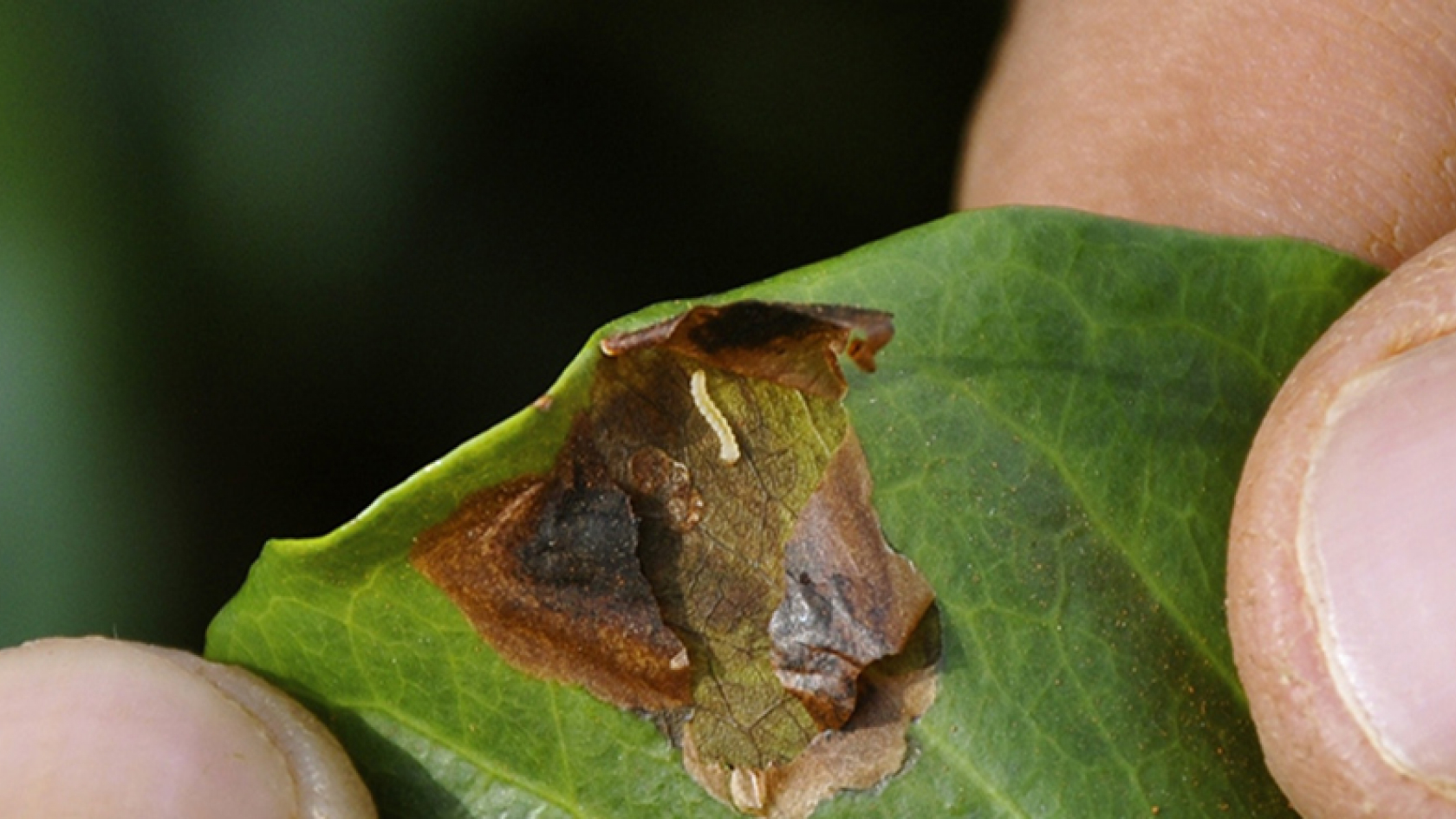
Foliar injury caused by Leucoptera coffeella. Photo: Opção Agro
- Mites Mainly two species of mites affect coffee plants: the red mite (Oligonychus ilicis) and the false spider mite (Brevipalpus phoenicis). The first one scratch the leaves’ epidermis until they perforate the cells and can feed the cellular content by sucking it, affecting photosynthesis and productivity.

spider mite (Brevipalpus phoenicis)
The false spider mite not only causes damage by perforating leaves but is also a vector for the coffee ringspot virus (CoRSV) that causes extreme defoliation and fruit abortion.
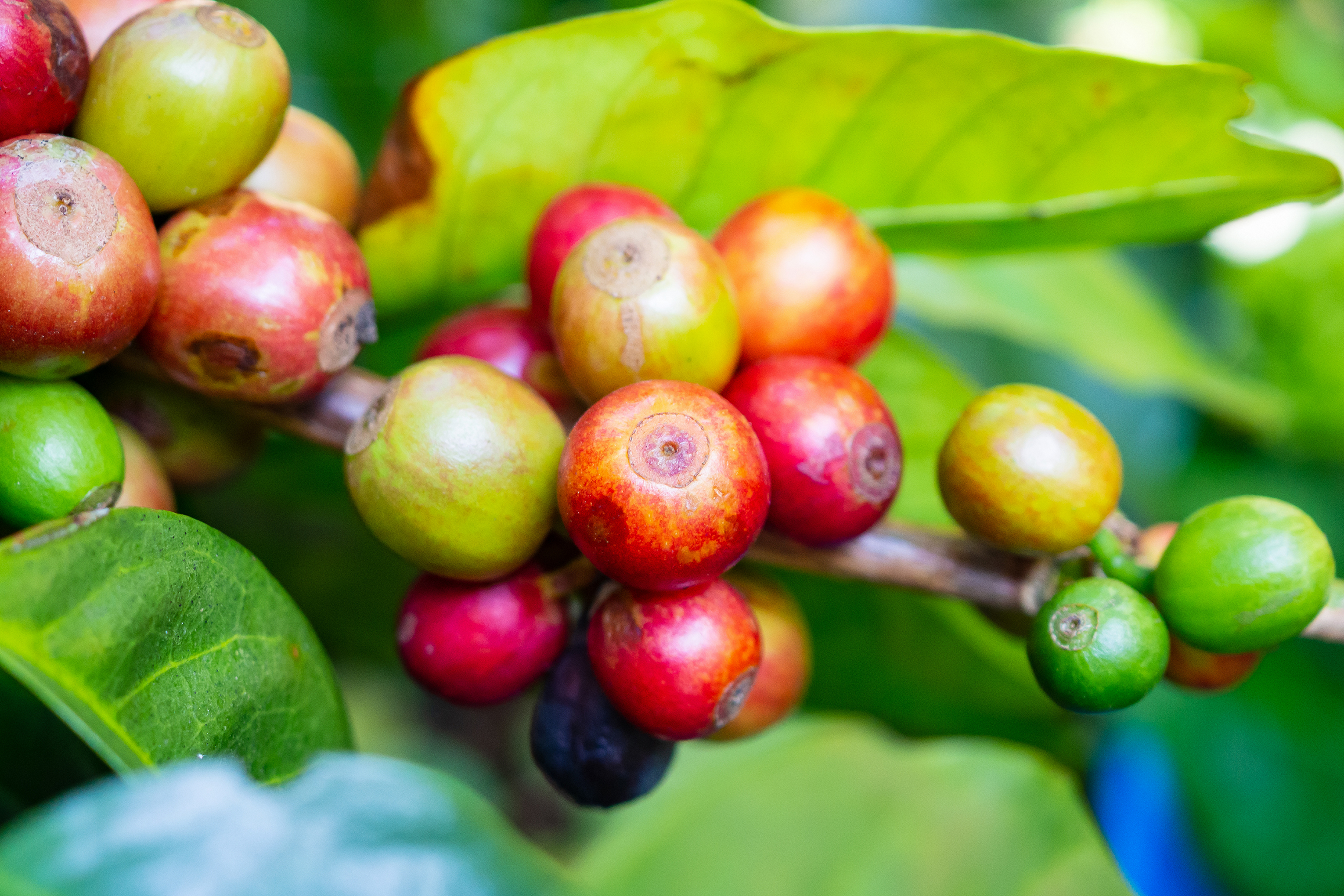
The best course of action for controlling these pests is prevention. For that, it is recommended to apply preventive acaricides in two high volume applications (one after harvest and the other during fructification).
Coffee is also in the i-Plant Nutrition database and can be selected for the creation of fertilizer plans when using the software. Try our software to see our coffee recommendation.


